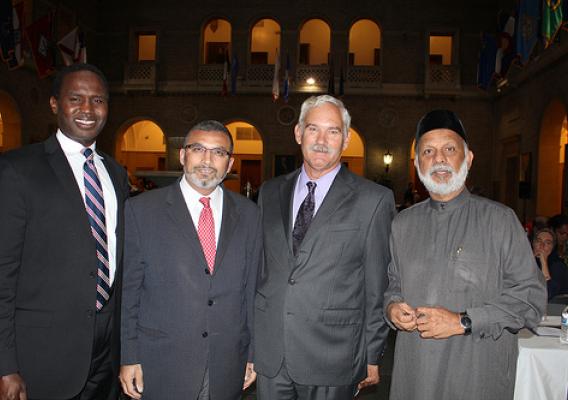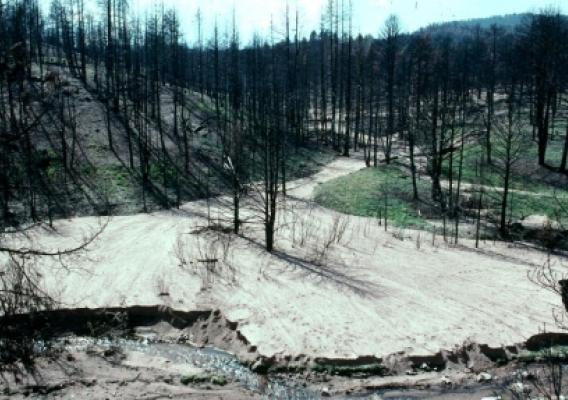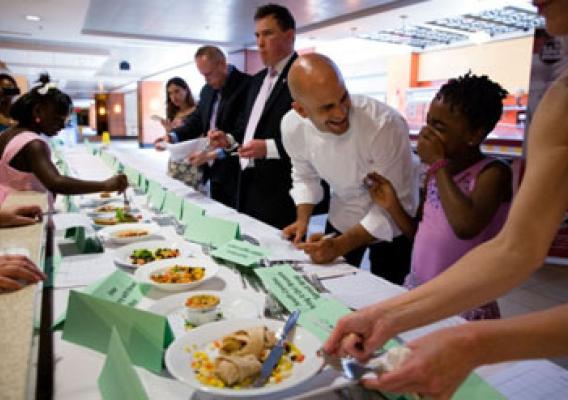Cross posted from the Let's Move! Blog:
Growing up in the Philippines, my mother was my main source of inspiration for cooking. I came from a family of eleven kids, and as a child, I would constantly volunteer to help her in the kitchen. My mother would prepare such amazing authentic Filipino food, and cooking for her was almost second nature. She didn’t think about it, she just knew what ingredients to use, how much of each to use, and how to combine their flavors in ways that would satisfy everyone in the family. So Filipino food for me is much more than just adobo, longganisa, or tocino and fried rice – it represents a huge part of my culture, and most importantly, it is what connects me with my family. And that’s why it’s so important to me that we think about Filipino food not just in terms of what’s delicious, but in terms of what’s healthy and nourishing for our families.
That’s why I’ve teamed up with Chef Ming Tsai, the White House Initiative on Asian Americans and Pacific Islanders, the First Lady’s Let’s Move initiative, and the U.S. Department of Agriculture to help promote healthy and traditional Asian American and Pacific Islander cuisine. Following a healthy cooking and eating lifestyle has always been important for me as a chef and a mom, and with the USDA’s MyPlate food icon, we have a powerful visual reminder about how to build healthy meals for our families.






